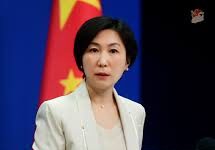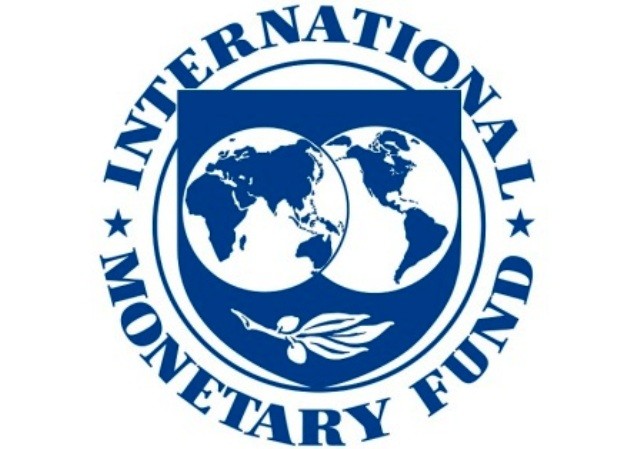The current year is at the cusp of ending, but the covid-19 pandemic, along with the war in Ukraine, is still ongoing, with the world continuing to suffer from global supply shock. That being said, an overboard monetary tightening policy stance adopted by many central banks around the world, including International Monetary Fund (IMF) recommending a strong procyclical policy response, including squeezing aggregate demand through monetary tightening, to both programme countries and generally, means that strong recessionary headwinds are building up for the global economy.
Renowned economist and Nobel laureate Joseph E. Stiglitz highlighted concern over unnecessarily long monetary tightening, and the recessionary impact that it is likely to produce, in his recent research study, titled ‘The causes and responses to today’s inflation’, which he co-authored with Ira Regmi, and which was published by the Roosevelt Institution. The two writers pointed out in the report ‘While we welcome the return of interest rates to more normal levels… increasing interest rates too far and too quickly risks a painful slowdown to the economy with minimal benefits to inflation short of a significant downturn. This would have particular adverse distributional consequences, especially for marginalized groups in the country.’
In an article ‘All pain and no gain from higher interest rates’, based on the report mentioned above, and published by Project Syndicate (PS), Stiglitz highlighted this concern about over-tightening monetary policy, and its likely negative consequences on economic growth as ‘Central banks’ unwavering determination to increase interest rates is truly remarkable. In the name of taming inflation, they have deliberately set themselves on a path to cause a recession– or to worsen it if it comes anyway. Moreover, they openly acknowledge the pain their policies will cause, even if they don’t emphasize that it is the poor and marginalized, not their friends on Wall Street, who will bear the brunt of it. …The Roosevelt report also dispenses with the argument that today’s inflation is due to excessive pandemic spending, and that bringing it back down requires a long period of high unemployment. Demand-driven inflation occurs when aggregate demand exceeds potential aggregate supply. But that, for the most part, has not been happening. Instead, the pandemic gave rise to numerous sectoral supply constraints and demand shifts that– together with adjustment asymmetries– became the primary drivers of price growth.’
A recent The Economist-published article ‘Why a global recession is inevitable in 2023’ by The Economist’s editor-in-chief, Zanny Minton Beddoes, highlighted the highly likelihood of recession in 2023 as ‘Much of the world will be in recession in 2023, and in several places economic weakness could exacerbate geopolitical risks. This poisonous combination will be most evident in Europe. … Many European economies are already on the edge of recession. The higher interest rates needed to dampen inflation will further sap consumer spending and increase unemployment.’
This policy needs to immediately stop, especially given a situation of multiple economic crises facing the world, especially the global South.
That being said, while the calls for a new IMF’s enhanced special drawing rights (SDRs) allocation– on the same lines as in August 2021, to the tune of $650 billion– have been raised quite loudly around the middle of the current year, there is still no indication of this bythe IMF. With many developing countries facing serious balance of payments, and debt distress, and given a stronger dollar at the back of overboard monetary tightening, and in turn, significant capital flight from developing countries, resulting in greater imported inflation at the back of weakening domestic currencies of a number of these countries, a quick release of enhanced SDR allocation makes immense sense; where such allocation ismade with a more appropriate needs-based allocation criteria followed by IMF, unlike the August 2021 episode whereby most of enhanced SDR allocation went to rich, advanced countries.
It is strange then that while developing countries in particular are in the jaws of so many economic crises– from weak balance of payments, to difficult debt repayments situation, to currently low growth situation in many developing countries, and even recession likelihood looming right around the corner, and little debt moratorium/relief, climate finance, and SDR allocation coming to the rescue– the IMF still continues with its rather notorious policy of surcharges, as fees on late payments on its loans by programme countries.
This policy needs to immediately stop, especially given a situation of multiple economic crises facing the world, especially the global South. A recent Center for Economic and Policy Research (CEPR) published article ‘IMF surcharges can be removed as precautionary balances are safely within target’ by Andres Arauz, pointed out in this regard ‘Surcharges are additional fees that the IMF charges countries with relatively large and long-term loans; they significantly increase the debt payments that these countries must make to the Fund, siphoning away scarce foreign exchange and budget resources. When the IMF has positive net earnings, they are retained and added to its “precautionary balances,” a subsection of its capital reserves. The Fund has an indicative target in the range of SDR 20–25 billion ($26.0–32.5 billion) for its precautionary balances, and a floor of SDR 15 billion ($19.5 billion). As of April 2022, the Fund’s precautionary balances were SDR 20.9 billion ($28.1 billion). Based on its first quarter net operational income and this year’s gross lending income, I estimate that as of November 2022, the IMF’s precautionary balances have reached SDR 23.0 billion ($30.2 billion). …Yearly surcharge income is an almost negligible 0.18 percent of the IMF’s total resources available for lending. The Fund’s lending power is not genuinely impacted by surcharges.’






















